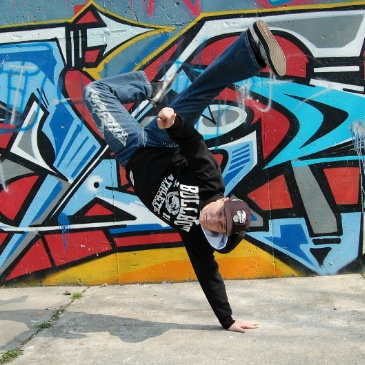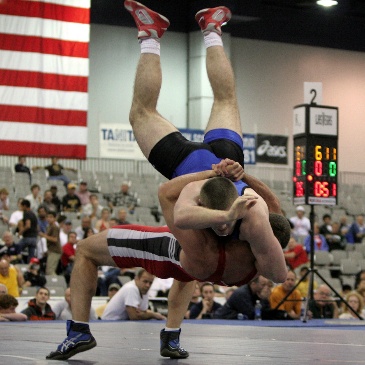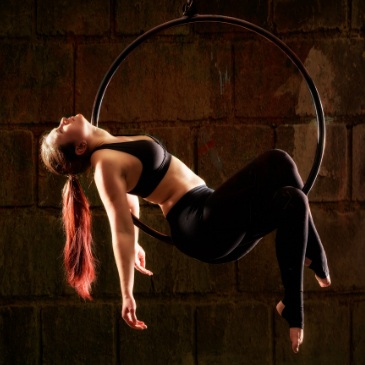The History Of Calisthenics
Ever since I started training with calisthenics, there was always a question in the back of my mind 'What are the origins of calisthenics training?'. I already knew about the basic's of the History Of Calisthenics. That calisthenics derives from the Greek words (kallos) = beauty + (sthenos) = strength, meaning beautiful strength, or strength of beauty. However, this wasn't the ancient name of the exercises, but rather the name of the historian who recorded them.

Callisthenes is the Greek historian that accompanied Alexander the Great to his campaign. In his writings he described how the ancient warriors were training with exercises we now call calisthenics. Alexander's campaigns took place during the 4 century BC, but could the actual origins of calisthenics go even further back in time?
Calisthenics Since the Dawn of Time
Before trying to track down the origins and 'The History Of Calisthenics', we have to take into consideration that the further back we go into time, practices that may seem distinct from one another were one and the same back then. For example, a priest is also a doctor and a fortune teller. A tribe leader is also a general and a judge. For this reason, we can't expect to see calisthenics or training to be a completely separate practice.

Based on that reasoning, we have to search for the origins of calisthenics in practices that involved some short of physical preparation (for war, hunting or other physically demanding activity). If we take a look at some surviving primitive tribes, we can see the first glimpses of physical preparation in initiation rituals, dances and most particular warrior dances.
Even though dancing isn't considered a type of training, becoming a good dancer requires lots of physical training. A good example of such a dance is of course break-dancing. Some other examples of physically demanding dances are:
- The ancient Greek Pyrrhic dance, used as warrior training.
- The Cossack's dance.
- Capoeira, which is a martial art disguised as dancing.
Calisthenics in The Bronze Age
Some time in history, people started to compete with each other in different athletic activities and to also display their feats of strength. While a tradition always goes further back in time than the time it's being finally written down, we can only rely on the written records for certainty.

Two of the most ancient forms of athletic competition and display of strength are wrestling and acrobatics. The existence of an athletic tradition, predisposes the existence of some training tradition as well. So, when we read about a sports event in history, we can safely assume that physical preparation for the event existed.
Since there are no written records on the training methods of that time, we can only assume how calisthenics exercises like push-ups and rope climbing would be used out of convenience.
The Minoan Cretans ( 20th - 14th century BC)
In Minoan Crete we get the first glimpse of acrobatics. As in modern day acrobatics, ancient acrobats were risking their lives performing very dangerous skills. The most famous acrobatic sport was about performing skills (such as handstands) on the top of big bulls.
The Mycenaean Greeks (16th -11th century BC)
Around the 8th century BC, the epic poem 'Iliad', referring to the Trojan war that happened approximately in the 13th century BC, is written down. This is the first time an athletic event is recorded in Western History.

Homer writes about an athletic event organised by Achelles after the death of this friend Patroclus. This event included wrestling matches, sprinting and disk throwing among the other sports.
Also, in 'Iliad; we get a written reference of acrobats, who according to Homer:
'two acrobats led on the dance, springing, and whirling, and tumbling.' ~Homer, (The Shield of Achilles) Iliad Book 18
The History Of Calisthenics in Ancient Times
Ancient Greece and Rome (8th century BC - 5th century AD) This is where we can finally lay our hands on some well recorded History Of Calisthenics. The athletic events are a central part of the Greek society and the Olympic games were founded. Later in the classical age people started to see the value of training towards good health.
Especially famous for their tough training were the Spartans. A Spartan boy was taken from home at the age of 7 to be put into a military camp. Military training back then wasn't very different in regards to the ones today. Only less sophisticated. As such the Spartans warriors used calisthenics exercises like push ups, rope climbing and sprinting very often.
The History Of Calisthenics in Mediaval Times
Europe (5th - 15th century AD)
There is a notion that in the medieval times the physical training was abandoned in favor for more religious practices. However, this isn't true. Of course, special places dedicated to training (like the ancient gyms) probably ceased to exist, but some sports like wrestling continued to be very famous across medieval Europe.
The most striking example is that the Eastern Roman Emperor 'Basil I' was himself a very strong wrestler prior to becoming the Emperor. Unfortunately, documentation on such events is very scarce and we don't know much about the training methods of the time.
The History Of Calisthenics in The Renaissance And The Modern Times
During the Renaissance we start to see a great interest towards ancient Greek texts.
Among the other things scholars became interested in ancient physical training.
Finally, Friedrich Jahn (1778 - 1852) creates the first modern like gym and he is also considered the father of gymnastics. Keep in mind that gymnastics started mostly as military training.
One of the most important training events of the modern ear is that in the summer of 1896 the greatest athletic event of our time, the Olympic Games, took place. From here on training started to become more and more sophisticated.
Gymnastics training advanced tremendously and we started to see some of the most advanced moves performed for the time in history. Examples of such moves are:
- The iron cross
- The planche
- The human flag
Non-European
This article has mainly focused on the European side of calisthenics history, obviously Europe wasn't the only continent keen on physical greatness. For example, Hindu push ups and Hindu squats are some of the most ancient calisthenics exercises and Hindu wrestling has a tradition that goes back as far as the 30th century BC! The three main exercises Hindu wrestlers use until this day are: The Hindu push up The Hindu squat And the bridge Other ancient cultures that had athletic traditions were: The Egyptians The Persians And of course, the Chinese
Final Thoughts
Now remember, that every time you are performing a basic bodyweight exercise such as push ups, a great warrior of the past might have used the same exercise to become victorious in the battle field.

